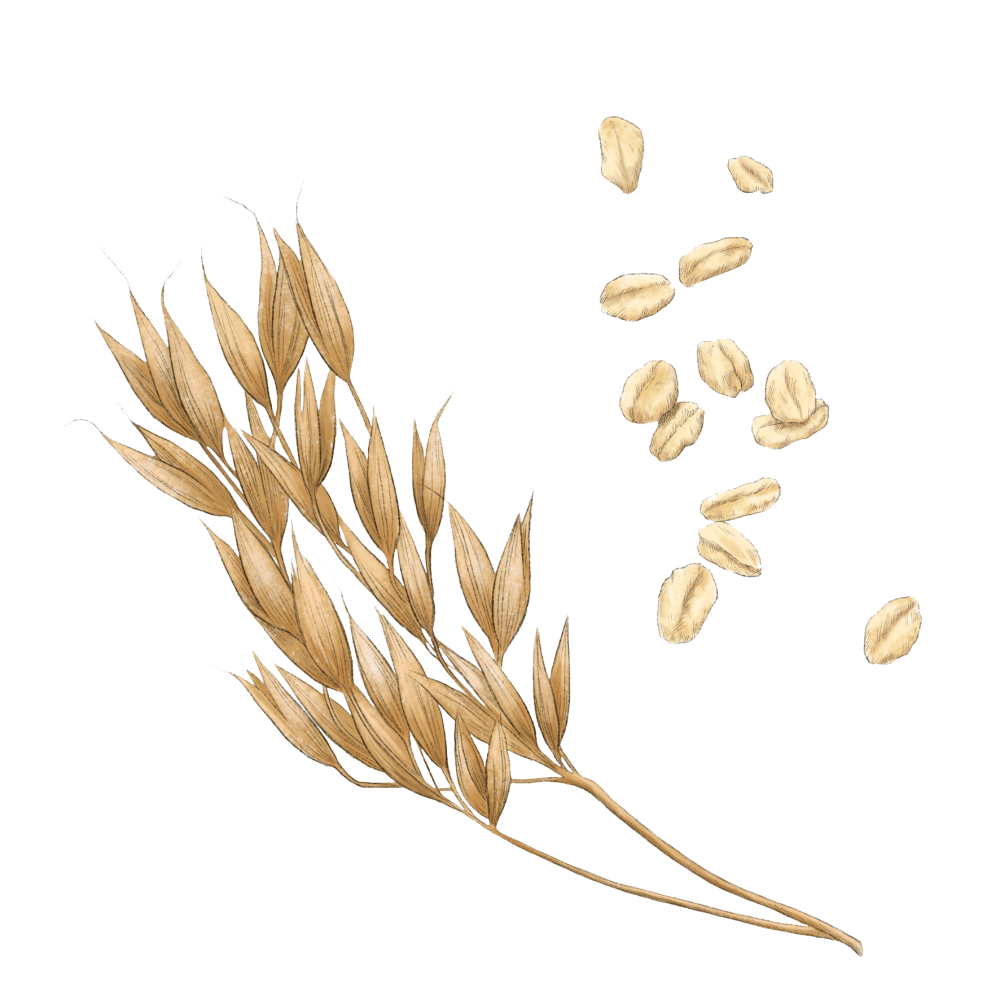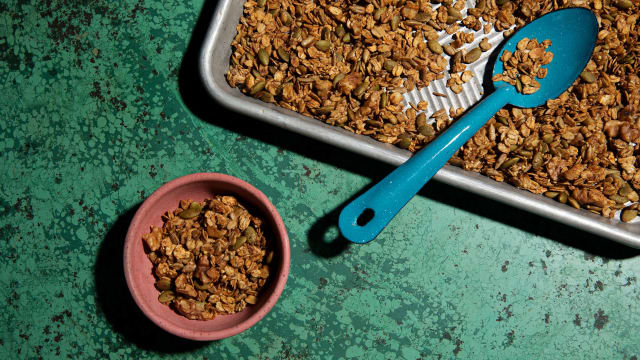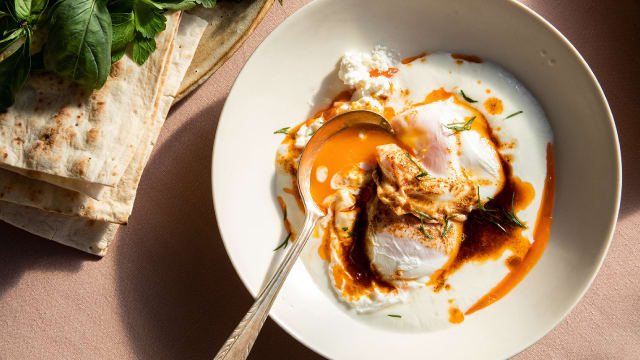Oat

Latin name: Avena sativa
Other names: common oat
Uses: cereal, nondairy beverage
What are oats?
Oats are the seed of a grass, like wheat. Historically, oats were considered food fit only for horses — by the English, anyway; this was their way of deriding Scots, for whom the nutritious grain was a staple food. Today, you’re probably most familiar with steel-cut oats (aka groats), rolled oats, or “instant” — pulverized into oblivion and packaged in paper sachets — or oat milk.
Why are oats healthy?
Oats are gluten-free and an excellent source of fiber, plus minerals like phosphorus, magnesium, and zinc. Their high soluble fiber content can reduce cholesterol and blood sugar levels, promote healthy gut bacteria, and increase satiety. Make sure you look for whole oat groats, steel-cut, or rolled oats — not quick oats, which are highly processed and much less nutritious.
What do oats taste like?
Oats are all pretty mild and slightly earthy on their own, though steel-cut oats have a slightly nutty flavor and firm, chewy texture. “Old fashioned” or rolled oats have some chew too, with a slightly toasted flavor from processing. Instant or quick-cooking oats have been crushed and have scarcely more texture than oat flour, which combined with their mildness, makes them an ideal early food for babies.
How do I use oats?
Oats are a versatile way to add bulk and structure to savory foods. Mix rolled oats with cooked beans, mushrooms, and onions as the base for homemade veggie burgers or cook steel-cut oats in seasoned broth to add meatless texture to chilis and hearty ragùs. You can soak oats overnight in lieu of cooking, then just warm them up before eating.
Steel cut oats take a lot longer to cook than rolled oats (15 to 30 minutes compared to 5 to 10), but rolled oats are great for baking. Besides classic oatmeal cookies and oat scones, you can mix them with nuts, butter, cinnamon, and sugar to make a crumble topping for fruit desserts and breakfast bars. Oats are wonderful added to muffins, quick breads, and any sandwich bread dough; add oat bran to beef up the nutritive content. Cooked oats can also be kneaded into bread dough — a handy way to use up leftover (or overcooked) oatmeal.
Oat milk is the rage right now as a plant-based beverage because it has a similar consistency to milk and a neutral flavor. You can use it as a direct substitute in beverages (it’s great for spiced chai or golden milk), creamy soups, and baking.
What do oats pair well with?
Oats have a particular affinity for cinnamon, brown sugar, nuts, apples, raisins, milk, and butter — as granola, porridge (aka oatmeal), or cookies, these are classic pairings. Granola and oatmeal also work well with Middle Eastern ingredients like dates, cardamom, honey, figs, and pistachios.
Where do oats grow?
The wild progenitor of modern oats came from the Fertile Crescent and spread from there.; Tthey were first domesticated in the wetter, cooler regions of the Middle East and Europe and are still grown in cooler, damper climates where other cereals don’t thrive, like Scandinavia, Iceland, Canada, and Russia.
Fun oat fact:
Oatmeal was listed among the foods eaten by devil-worshippers in 17th-century Sweden. English clergyman Joseph Glanville wrote of the wild orgies at Blockula, Sweden, in which Lucifer himself laid out a surprisingly wholesome feast of “broth with colworts [cabbage] and bacon in it, oatmeal, bread spread with butter, milk and cheese.”






